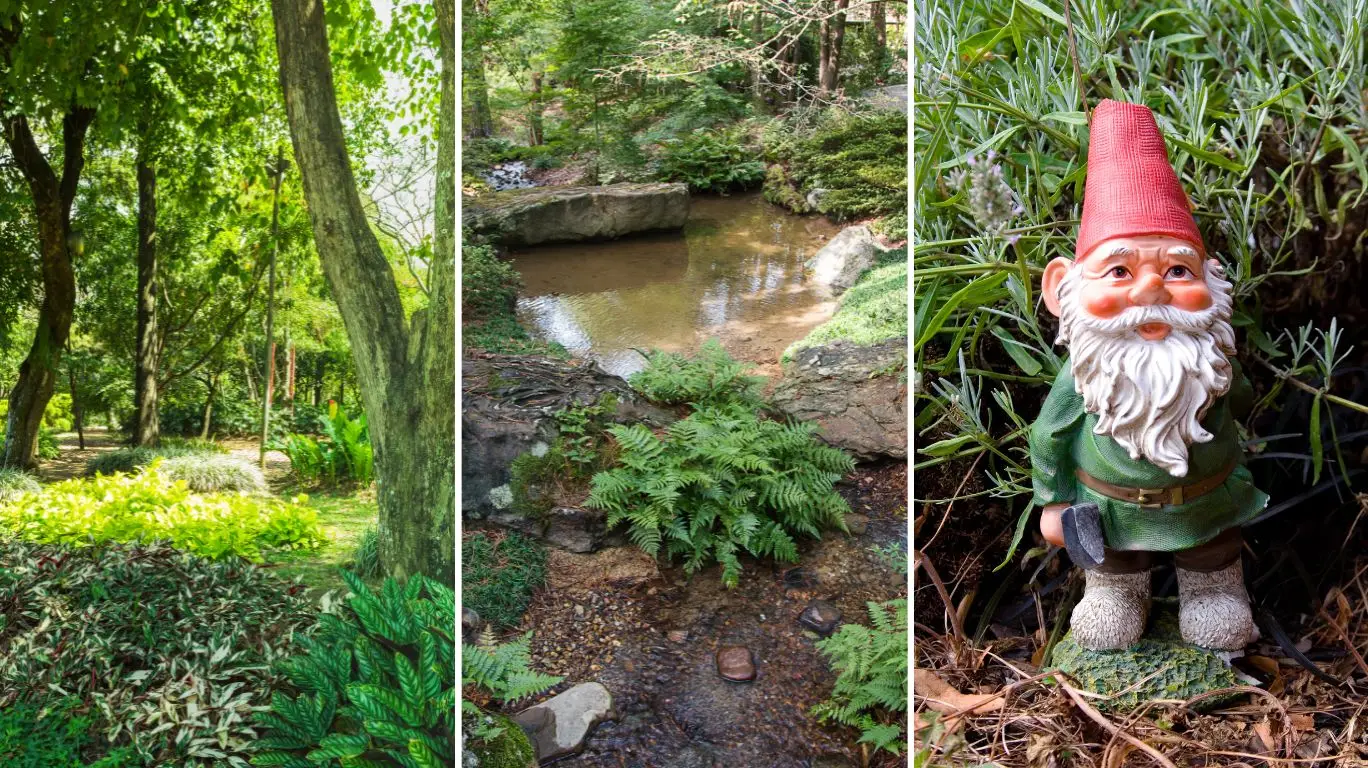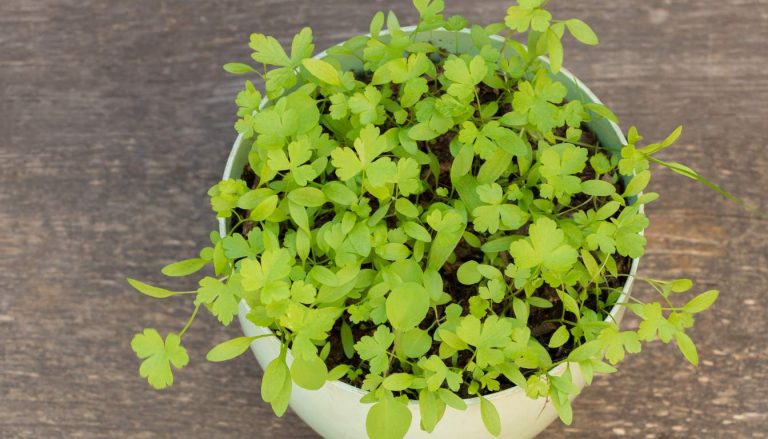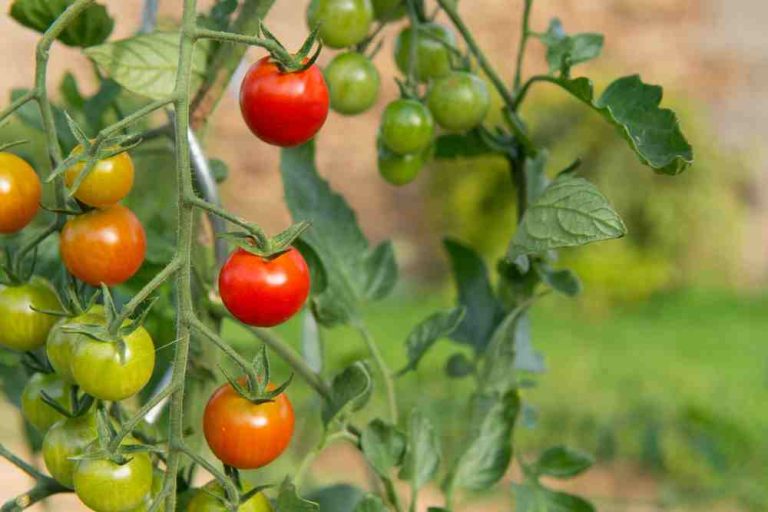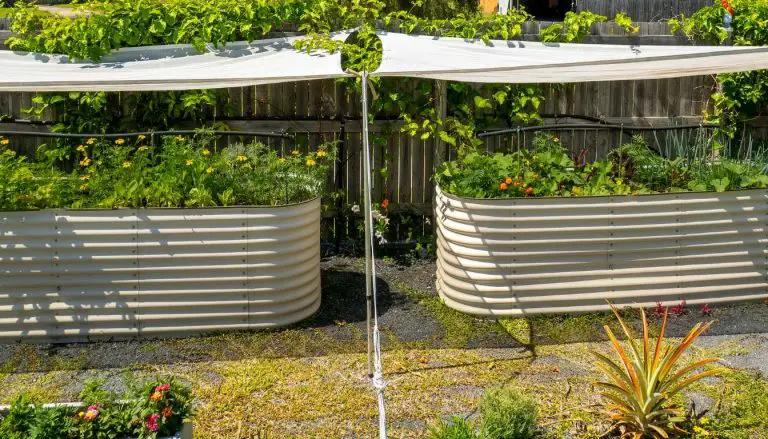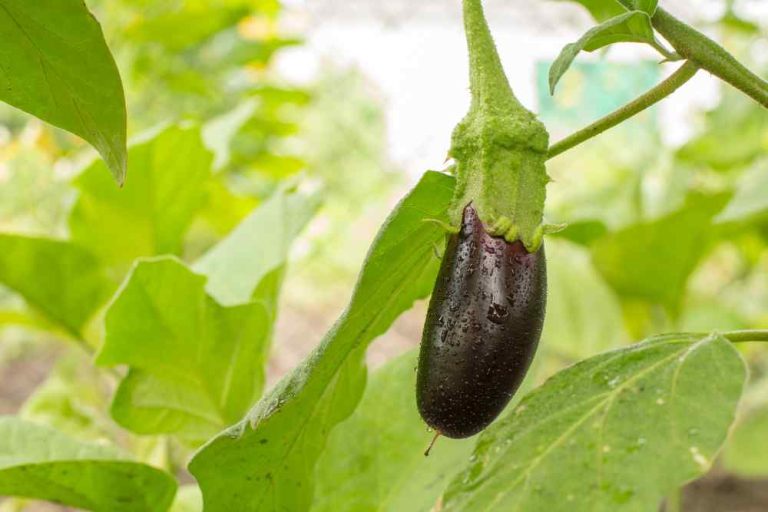29 Woodland Garden Ideas for a Serene Outdoor Space
Creating a woodland garden brings the beauty and tranquility of the forest into your own backyard. Woodland gardens mimic nature with shade-loving plants, natural textures, and a variety of foliage, offering a retreat for both people and wildlife. This article explores 29 woodland garden ideas that can help transform your outdoor area into a lush, peaceful sanctuary.
1. Choose Native Shade-Loving Plants

One of the hallmarks of a woodland garden is the abundance of shade-tolerant plants. Selecting native varieties is essential as they’re adapted to local conditions and will thrive with minimal intervention. Ferns, hostas, and wild ginger are popular choices that add texture and depth to shaded areas. The lush foliage creates an inviting, layered effect reminiscent of a natural forest floor.
2. Create a Winding Pathway

A winding pathway is essential in a woodland garden, adding a sense of mystery and discovery. Use natural materials like bark mulch, gravel, or stepping stones to create meandering paths that guide visitors through the garden. Incorporate curves and turns to make the journey more engaging and reflective of the meandering trails found in real woodlands.
3. Incorporate Fallen Logs and Tree Stumps

Fallen logs and tree stumps provide habitat for small creatures and add rustic charm to the garden. Position them strategically to act as natural seating, or use them as decorative elements. These additions help break up the greenery and give the space a forest-like quality, emphasizing the natural beauty of decay and growth.
4. Add a Water Feature

A small pond, stream, or bubbling fountain can enhance the peaceful ambiance of a woodland garden. Water features provide a soft, relaxing sound that complements the overall calm of the area. To keep the look natural, consider using stones and plants around the water feature to blend it seamlessly into the garden.
5. Use Moss for Ground Cover

Mosses are an ideal ground cover for a woodland garden, adding softness and a deep green color. Moss thrives in shady, moist conditions and can grow on stones, logs, or bare patches of soil. It requires minimal maintenance and brings a sense of timelessness, as moss-covered stones resemble a forest untouched for decades.
6. Plant a Variety of Ferns

Ferns come in many shapes and sizes, making them a versatile option for woodland gardens. They thrive in shaded areas and add an airy texture with their delicate fronds. Mix different fern varieties to add interest and create a natural forest floor look that blends seamlessly with other shade-loving plants.
7. Introduce Wildflowers for Seasonal Color

Although woodland gardens often focus on foliage, adding wildflowers can provide seasonal bursts of color. Opt for shade-tolerant varieties like bluebells, trilliums, or columbine to bring a splash of color to the garden. These flowers attract pollinators, adding to the natural ecosystem and enhancing the woodland garden’s appeal.
8. Install Rustic Wooden Benches

A rustic wooden bench placed along a garden path or under a canopy of trees creates an inviting place to rest and enjoy the surroundings. Choose untreated wood for a more natural appearance, or consider using reclaimed wood to add sustainability to your project. Position benches in shaded areas to make them comfortable even on warmer days.
9. Encourage Wildlife with Birdbaths and Feeders

To make your woodland garden truly feel like a forest, attract wildlife with birdbaths, feeders, and nesting boxes. Birds, butterflies, and other small animals bring the garden to life, creating a dynamic ecosystem. Use natural-looking feeders and baths to blend with the environment, enhancing the wild and organic feel.
10. Layer Your Plants for Depth

Layering plants is essential for achieving a lush, forested look. Start with tall canopy trees like maples or oaks, then add an understory of smaller trees or shrubs such as dogwood or witch hazel. Finally, fill in the ground level with ferns, wildflowers, and moss. This layered approach mimics natural woodlands and creates visual interest.
11. Use Rock Formations as Focal Points

Adding rock formations or boulders to your woodland garden introduces texture and serves as a focal point. Rocks add a grounding element, creating visual breaks in the greenery. Choose rocks that naturally fit the landscape, positioning them as if they’ve been there for years. Add moss or low-lying plants around the base to help them blend into the garden.
12. Select Deciduous and Evergreen Mix

A mix of deciduous and evergreen plants ensures that your woodland garden maintains interest throughout the year. Evergreens provide structure and greenery in winter, while deciduous plants add seasonal color and variety. This combination keeps the garden looking vibrant even when some plants go dormant.
13. Add a Fire Pit for Evening Enjoyment

A small fire pit can transform your woodland garden into a cozy retreat for evening gatherings. Choose a fire pit made from natural materials like stone, or build one into the ground for a more subtle appearance. A fire pit provides warmth and a focal point, allowing you to enjoy your woodland garden even after dark.
14. Incorporate Shade-Loving Edibles

Woodland gardens can also be functional by incorporating shade-loving edibles. Plants like wild garlic, ramps, and shade-tolerant herbs such as mint or parsley add edible elements to your garden. These plants not only enhance the garden’s sustainability but also add a unique twist with their dual-purpose appeal.
15. Use Natural Mulches for Paths and Beds

Opt for natural mulches like wood chips or leaf litter for pathways and plant beds. These materials help retain moisture, improve soil health, and maintain the natural woodland aesthetic. They also provide a softer, more comfortable surface for walking and help suppress weeds, making them a low-maintenance choice.
16. Choose Darker Colors for Furniture

Furniture in darker tones blends more naturally with a woodland garden’s earthy palette. Look for garden furniture in deep browns, greens, or grays. This subtle color choice allows the furniture to integrate seamlessly into the environment without disrupting the garden’s organic feel.
17. Design with Curved Lines

In a woodland garden, curved lines feel more natural and harmonious. Avoid straight edges and square corners in paths, flower beds, or even furniture arrangement. Instead, create flowing, curved shapes that mimic the randomness of nature, giving your garden a softer, more inviting feel.
18. Let Fallen Leaves Remain

In a woodland garden, fallen leaves are not a mess to clean up; they are a vital component of the ecosystem. Allow leaves to accumulate around trees and plants to mimic a forest floor. The leaves provide insulation for plants, improve soil structure as they decompose, and offer shelter for insects and small animals.
19. Plant Native Shrubs for Privacy

Native shrubs like spicebush or viburnum offer privacy and create a natural boundary for your woodland garden. These shrubs are well-suited to shaded conditions, and their dense foliage provides a secluded feel. They also attract birds and other wildlife, enhancing the garden’s ecosystem.
20. Choose Subtle Lighting

Add subtle lighting to highlight specific areas without overwhelming the natural ambiance. Solar lights with a warm glow can be used along pathways or near seating areas. Keep lighting minimal to maintain the tranquility and mysterious allure of the garden, allowing it to feel like a hidden sanctuary.
21. Incorporate Stone Statues or Sculptures

Stone statues, whether animal figures or abstract forms, add an artistic touch to the garden. Keep them small and subtle, so they blend with the environment rather than standing out. Place statues near pathways or in secluded areas to add a sense of discovery.
22. Use Climbing Plants on Trees

Climbing plants such as ivy or Virginia creeper can add a lush, layered look to trees and garden structures. These climbers contribute to the forest-like atmosphere, creating vertical interest and deepening the woodland feel. Choose non-invasive varieties to protect the trees and surrounding vegetation.
23. Add a Woodland-Themed Garden Arch

A rustic garden arch, covered with climbing plants or flanked by tall ferns, can act as an entryway into your woodland garden. Arches create a sense of enclosure and define different garden areas. Wood or wrought iron arches blend well with the natural aesthetic, adding structure without overpowering the scenery.
24. Create a Hidden Seating Nook

A secluded seating nook is perfect for private moments in the garden. Use dense shrubs or tall plants to create a natural enclosure around a small bench or chair. Hidden seating areas encourage relaxation, adding to the garden’s atmosphere of peace and retreat.
25. Encourage Moss Growth on Rocks and Statues

Encouraging moss to grow on rocks, statues, and other surfaces brings an aged, forested look to the garden. Moss is easy to cultivate in shaded, damp areas, and it adds a soft, green cover that enhances the garden’s natural appearance. This touch of nature’s artistry can make the garden feel more established and timeless.
26. Install a Small Greenhouse or Shade Structure

A small greenhouse or shade structure allows you to grow more delicate woodland plants that need specific conditions. These structures blend into the woodland theme and provide an opportunity to experiment with rare or hard-to-find shade plants. It also extends the growing season, making your woodland garden more versatile.
27. Use Mulch or Gravel Paths

Mulch or gravel paths enhance the woodland aesthetic and provide easy maintenance. Both materials allow water to drain efficiently and create a soft, natural feel underfoot. These pathways also make it easier to navigate the garden while keeping with the forest-like theme.
28. Embrace Natural Imperfections

Woodland gardens thrive on natural imperfections. Unlike traditional gardens that prioritize symmetry, woodland gardens are about embracing the wild and unruly. Let plants grow into each other, allow a bit of chaos, and embrace the natural aesthetic that woodland gardens are known for.
29. Create a Canopy with Tall Trees

Planting tall, mature trees helps establish a natural canopy that is essential for a woodland garden. Choose trees like oak, maple, or beech that thrive in your region and provide a dense overhead layer.
This canopy not only creates the characteristic dappled shade that supports woodland plants but also lends a sense of enclosure and intimacy. The tree canopy will act as the primary layer of your garden, establishing an authentic woodland feel that serves as the foundation for the rest of the plants below.
- 29 Small Half Bathroom Ideas - January 8, 2025
- 29 Guest Bathroom Ideas - January 6, 2025
- 29 Whimsical Room Decor Ideas - January 5, 2025

